A tale of two topological isomers with enhanced reactivity
Experimental Sciences & Mathematics
Chemistry can be defined as the discipline of transformation, where molecules meet, interact and then depart completely reshaped; these processes can be enhanced or made more selective through the implication of transition metals or enzymes. The first-row transition metals (Sc-Cu) play a special role in this, in the sense that they are earth-abundant (allowing for sustainable, or green, catalysis), and in general show a larger sensitivity to how the electrons are distributed over the d-orbitals than the corresponding transition-metals in higher rows of the Periodic Table. This gives rise to oxidation chemistry in metalloenzymes and bioinspired transition-metal complexes. Twenty years ago, Prof. Que and co-workers reported the first crystallographic structure of a high-valent nonheme Fe(IV)-oxo complex. In this complex the oxo atom is found at the opposite (anti) side of the ligand from the methyl groups. The effect of this orientation of the oxo group on reactivity had not been reported until recently. A joint experimental/computational study by research groups of Prof. Que (Univ. Minnesota) and Prof. Swart (ICREA and Univ. Girona) showed that having the oxo atom at the same (syn) side increases the reactivity up to a factor 1000. Comprehensive quantum chemical calculations in the Swart lab in Girona have uncovered the key factors that govern the intriguing reactivity differences between these two topological isomers.
Rationale for enhanced reactivity of syn isomer: the axial ligand dissociates along the reaction pathway
Rationalization of the origin of the rate enhancement: lowering of the energy of the molecular orbitals because of the change in orientation of the oxo atom
Dramatic changes in the movement of the iron-oxo unit along the reaction mechanism, but only seen for the syn isomer.
REFERÈNCIA
You may also like...
Friedrich Wöhler's “Artifical Synthesis of Urea” translated to Catalan
2024
Experimental Sciences & Mathematics
Zooming into the most recent evolution of yeast pathogens
2024
Life & Medical Sciences
Are you a robot? Detecting Autonomous Vehicles from Behavior Analysis
2024
Engineering Sciences

